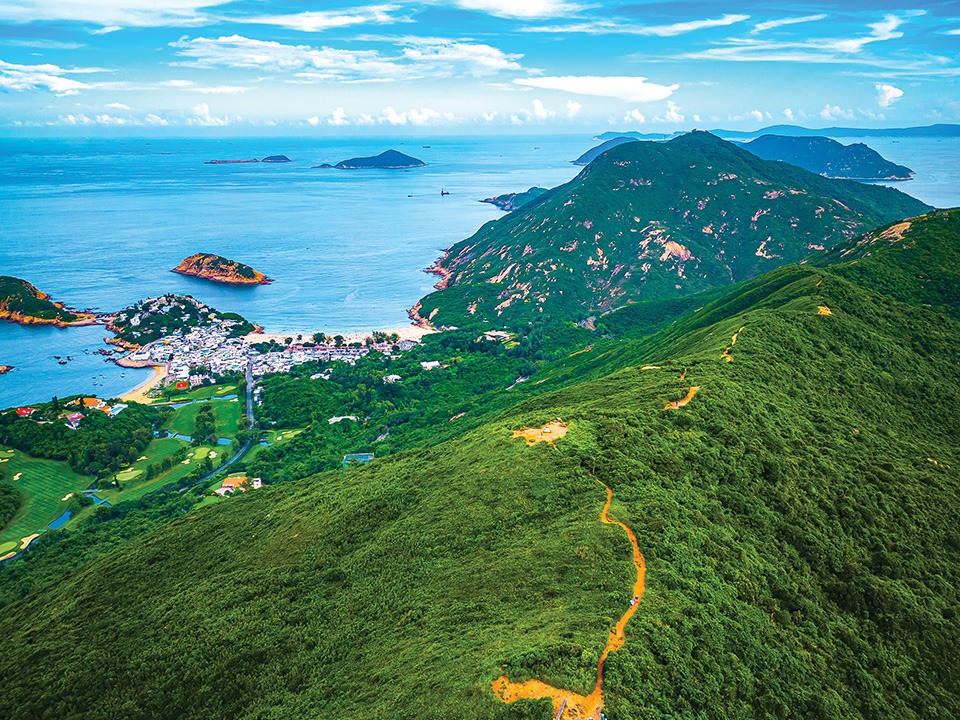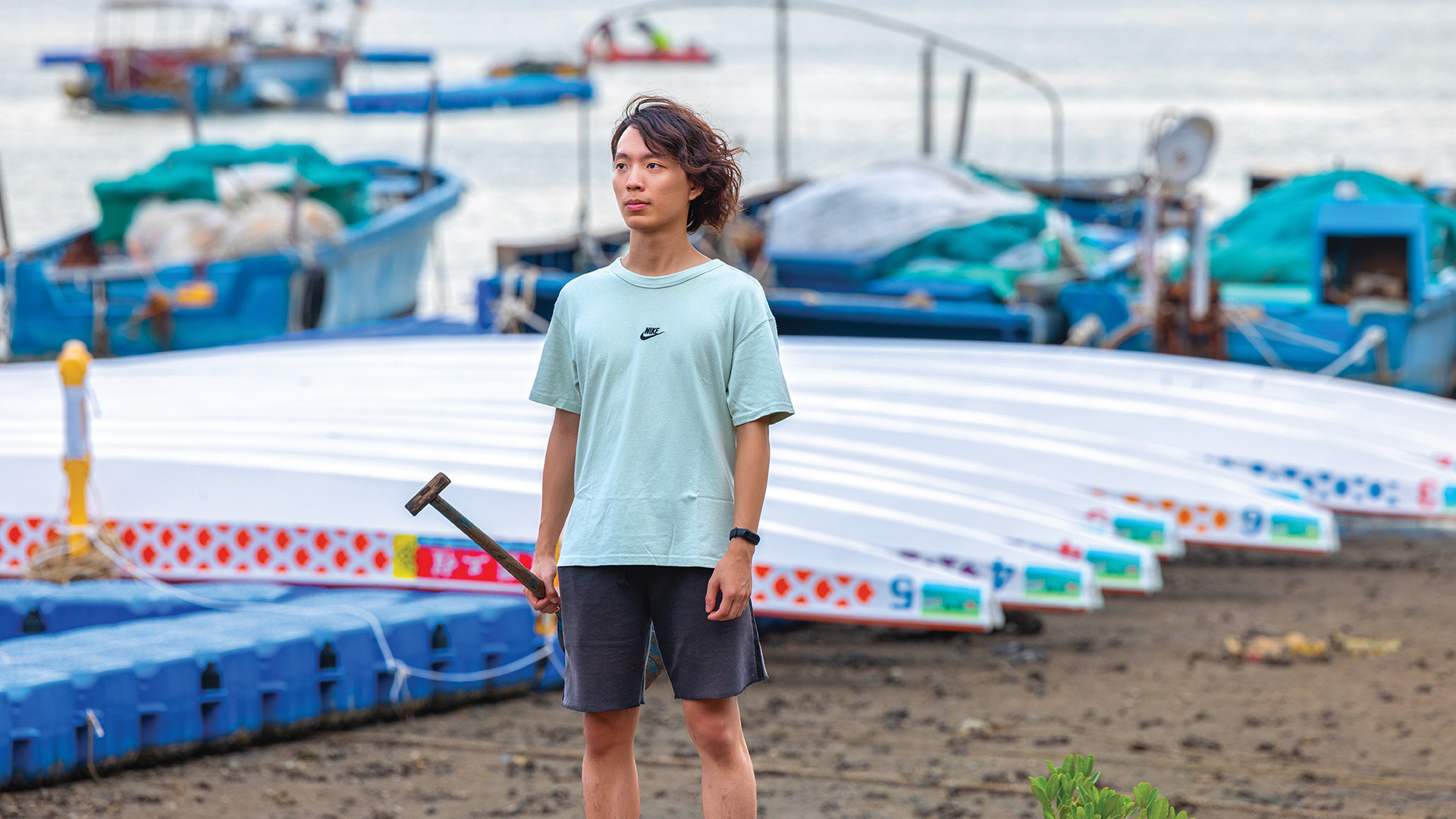
It’s 10am on the day before the Dragon Boat Festival. Isaac Ng and his father, a former fishman, are helping to lift a boat beside the waterfront of the picturesque fishing village of Tai O.
Together with other villagers, they are taking the dragon boat from the Yeung Hau Temple down to the sea and paddling it to other temples in the village. They have to collect the statues of four deities: Hau Wong, or the Marquis Prince; Tin Hau, Goddess of the Sea; Kwan Tai, God of War; and Hung Shing, God of the Sea. These Chinese deities are closely linked to the village’s rich fishing heritage, and it’s all part of the preparation for the annual Dragon Boat Water Parade that honours the gods and prays for peace and health.
The statues will be greeted by crowds lining the bridges and walkways crisscrossing the village’s canals and waterways, who hope to receive blessings while watching colourful, flag-covered sampans being towed by assorted dragon boats.
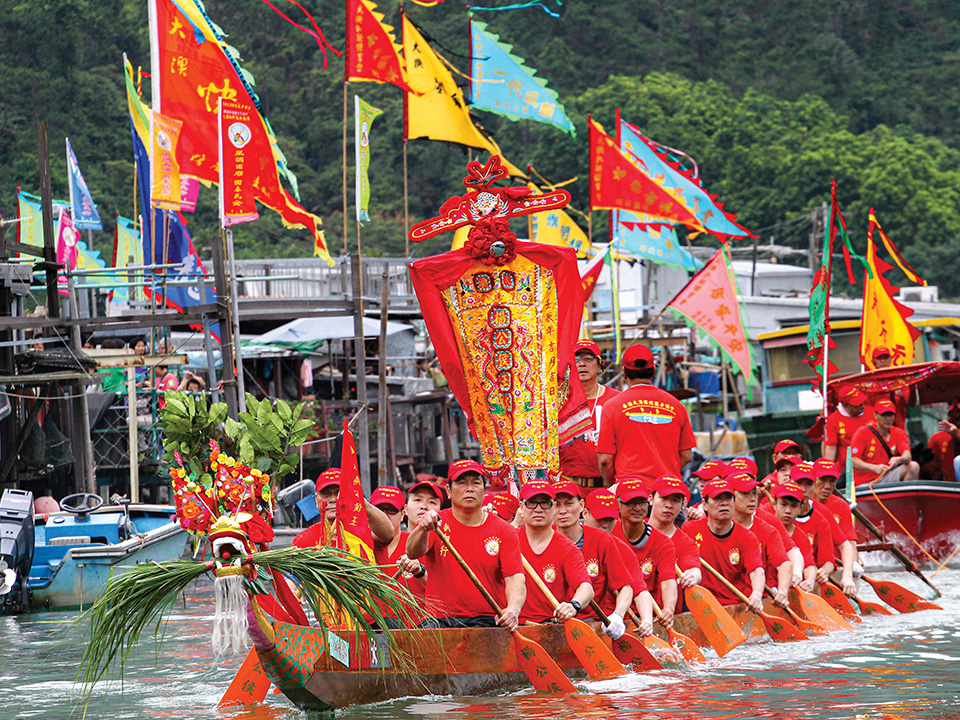
A father-and-son tradition
Ng, 23, currently works in the aviation engineering industry. He was 15 when he first took part in the traditional parade, and the 2023 event was the fourth time that he has sat beside his father in a dragon boat.
Ng was inspired by his family to pick up the paddle. Many of his cousins and their fathers — who were about the same ages as him and his father — participated in the event and shared a lot about it.
His father and uncles had also taught him the correct posture for sitting and paddling in a dragon boat, so he could maintain a steady, synchronised rhythm with other paddlers.
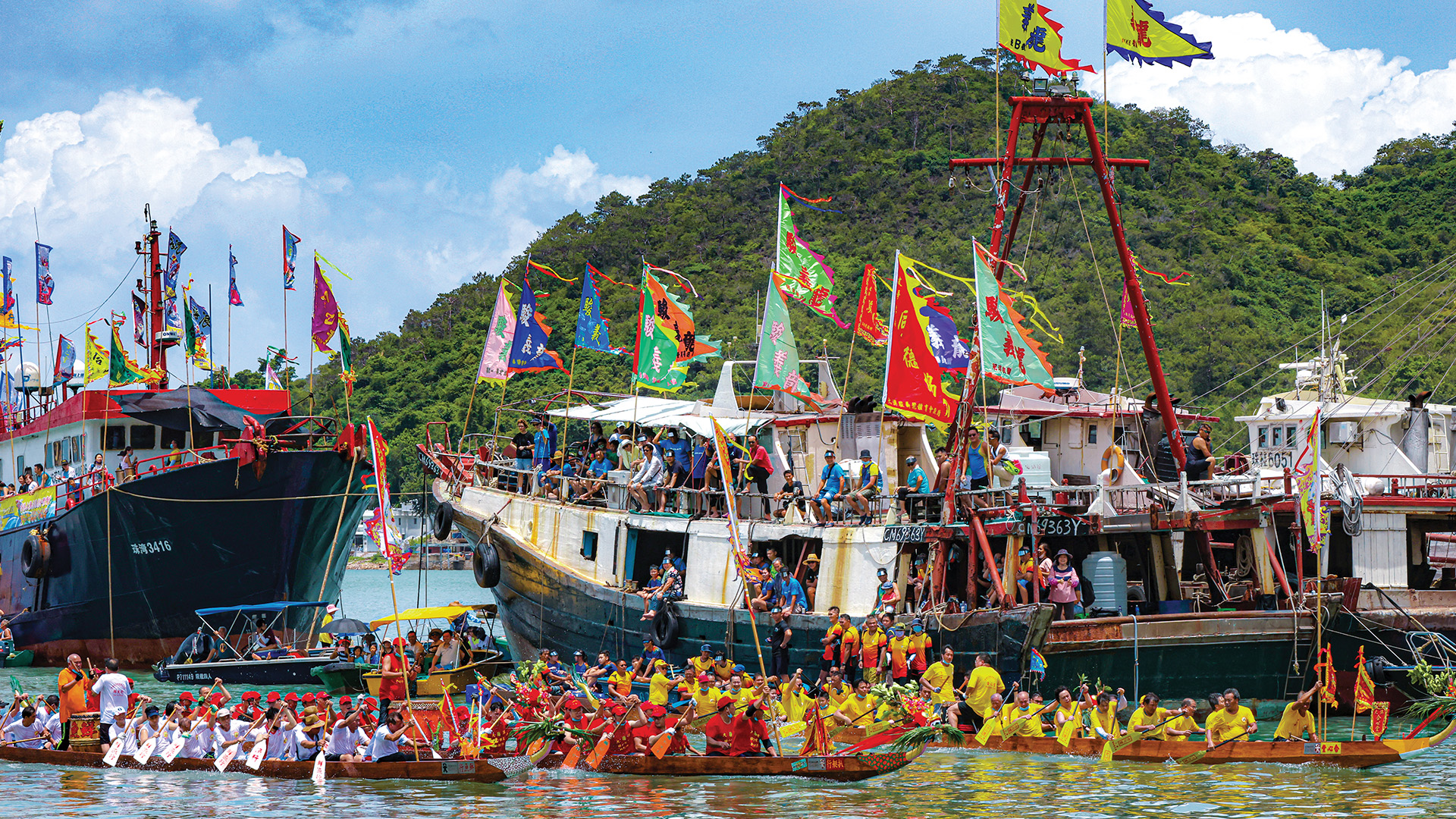
According to Ng, the parade is so important because it’s a way to not only commemorate the lost souls at sea, but also pray for the safety of those still earning their living from the sea. But the event holds an even deeper significance for Ng, as it’s what connects his family, and is also a historic communal gathering unique to his home village.
Home is where the heart is
Ng’s parents, like many other Tai O villagers, left the remote settlement in the 1970s and 80s for the bustling city, which is where he was born and raised. But ever since he turned six, the family has been making regular trips back to the peaceful village every few months, and especially at major annual festivals.
“The tranquillity makes it a rare place in Hong Kong,” he says. “I love waking up in the quiet stillness of the morning, with a hint of the sea wafting in the breeze and the soft sound of the water lapping against the stilts of the old houses.”
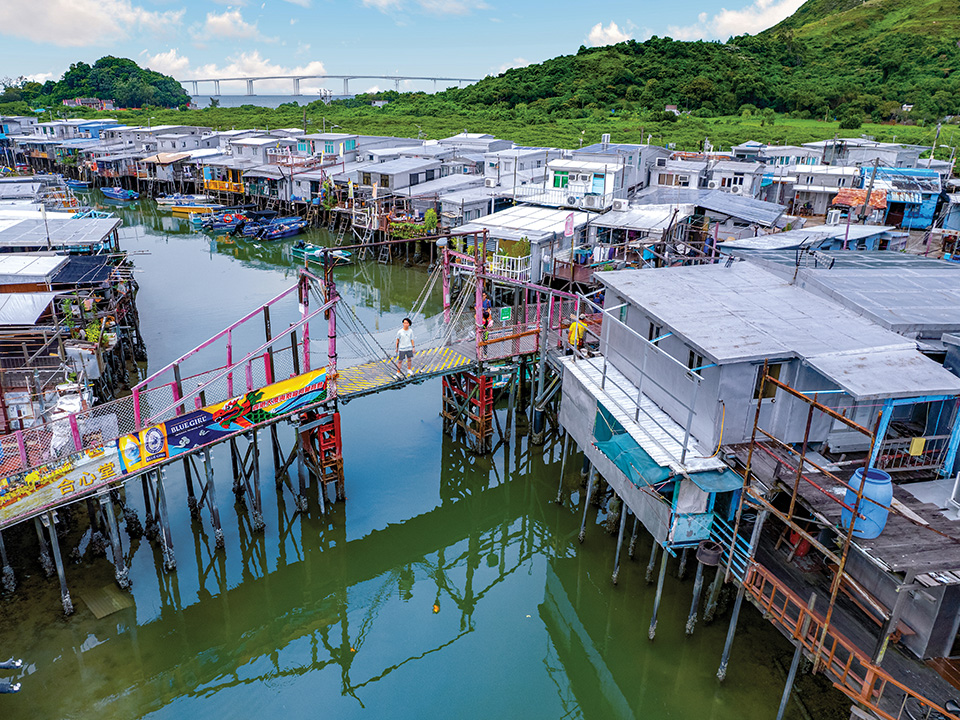
Tai O going strong
There has been growing public interest in the village’s traditional fishing culture in recent years. “Some villagers have opened their stilt houses to visitors, so they can order food, relax while enjoying the waterside views, and experience what it’s like to be inside a traditional stilt house,” says Ng.
There are also more shops and facilities now, compared with the Tai O from Ng’s childhood. These include an array of speciality food and craft shops, seafood restaurants, cafes and street food stalls, such as the renowned dried salted fish and dried seafood dishes served with spicy and savoury XO sauce.
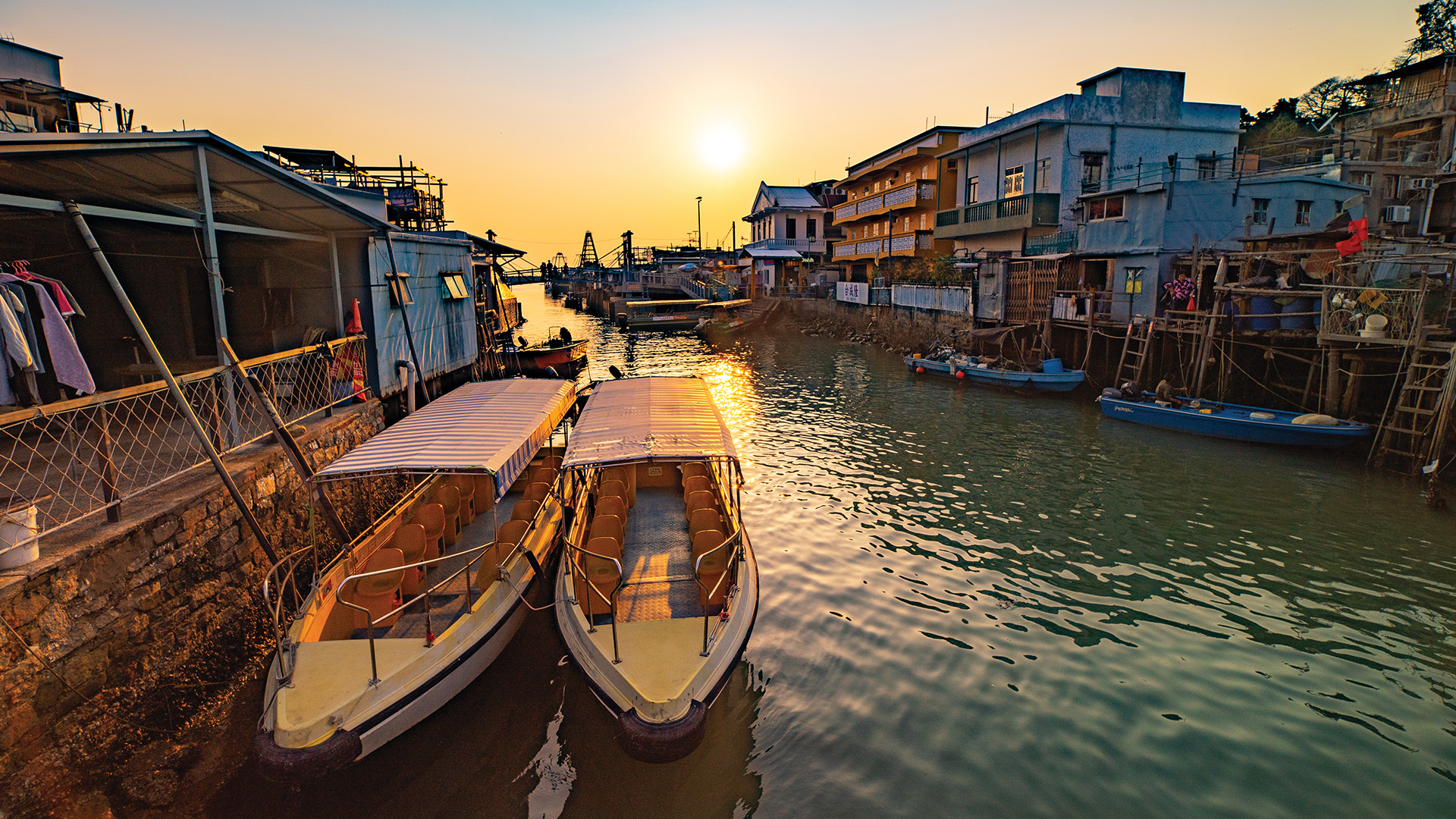
These changes have not only attracted more visitors, but also helped instil a fresh, more youthful vibe in the historic village. That, in turn, has sparked people’s interest in keeping the stilt houses in good condition and ensuring the village stays relevant, while retaining its tranquillity, for generations to come.
6 tips from Isaac Ng on how to experience the ‘real’ Tai O
- Villagers and their families often meet in Tai O on the sixth day of the sixth lunar month to watch Cantonese opera performances to celebrate the Hau Wong Festival. It’s an interesting time to visit the village and experience this important part of its heritage.
- Sign up for one of the workshops on making traditional Chinese lanterns ahead of the Mid-Autumn Festival.
- The best time to spot local wildlife on the village’s coastal mudflats is from about 4pm to 5pm, just after low tide. You may spot scuttling fiddler crabs, graceful herons and other sea birds.
- Tai O villagers will certainly know how to best prepare fish dishes, including those featuring its renowned local air-dried seafood. Visit the Tai O Market and don’t be shy to talk to stall owners about their favourite recipes.
- Book a kayaking tour to explore Tai O’s crisscrossing canal network, led by a qualified guide familiar with the tidal patterns. It’s a great way to explore the village and its surrounding area. Sometimes visitors are offered complimentary drinks from residents of stilt houses!
- Experienced hikers can take a trek up Cheung Shan (Elephant Mountain), about 1.7 km to the east of Tai O. From here, more than 300 metres above sea level, you can see both the old village and newly developed area of Tai O, as well as mangroves, waterways and the breakwater all at once.
Information in this article is subject to change without advance notice. Please contact the relevant product or service providers for enquiries.
The Hong Kong Tourism Board disclaims any liability as to the quality or fitness for purpose of third party products and services; and makes no representation or warranty as to the accuracy, adequacy or reliability of any information contained herein.





